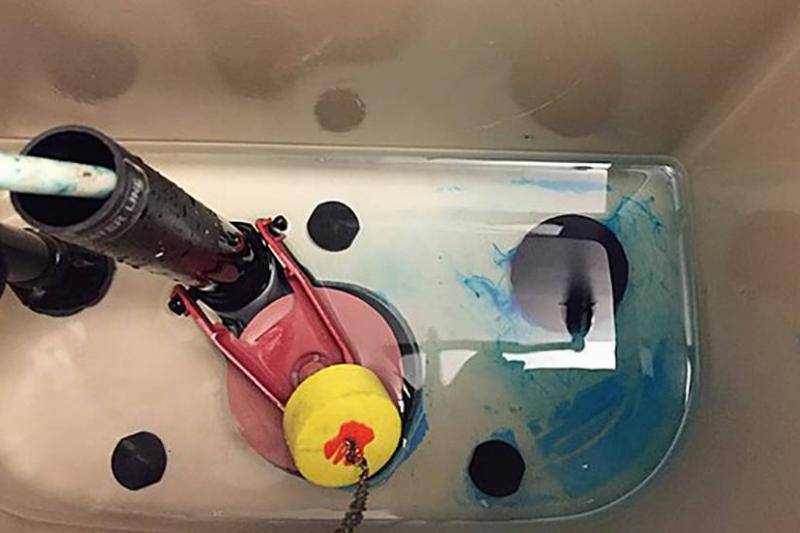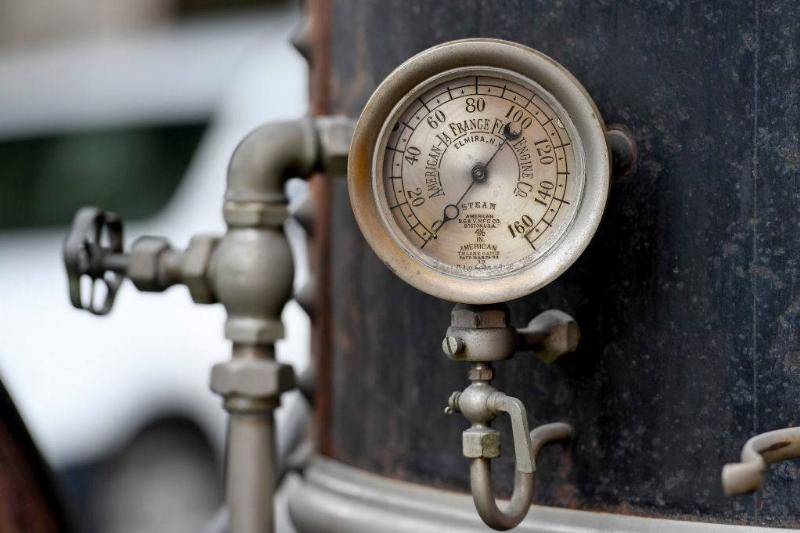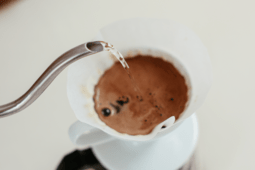Smart Tips That Will Save You From Calling a Plumber
Have you ever experienced the sinking feeling of a clogged drain or a leaky pipe? Plumbing issues can be a homeowner’s worst nightmare, often leading to expensive repairs and water damage. But what if you could prevent many of these problems with some simple knowledge and maintenance?
In this article, we’ll explore essential plumbing tips that can save you money and help you avoid those dreaded emergency calls to the plumber. From basic maintenance to identifying potential issues, these DIY hacks will empower you to take control of your home’s plumbing system.
1. Garbage Disposal Etiquette
Garbage disposals are incredibly convenient, but they’re not indestructible. Many homeowners overestimate what these devices can handle, leading to clogs and mechanical failures. To keep your disposal running smoothly, follow these guidelines.
Avoid putting fibrous foods, such as celery or corn husks, down the disposal. These can wrap around the blades and cause jams. Also, always run cold water while using the disposal and for a few seconds after to flush debris. Lastly, avoid overloading the disposal with large amounts of food at once.

2. When Drain Cleaners Do More Harm Than Good
While chemical drain cleaners may seem like a quick fix for slow drains, they can cause more problems than they solve. These harsh chemicals can corrode older pipes, leading to leaks and even pipe failure. Additionally, they’re often ineffective against stubborn clogs.
Instead of relying on chemical cleaners, try natural alternatives like a mixture of baking soda and vinegar, followed by hot water. For tougher clogs, use a plunger or a drain snake. These methods are gentler on your pipes and often more effective in the long run.

3. Frozen Pipe Prevention
In colder climates, frozen pipes can be a major concern. When water freezes, it expands, potentially causing pipes to burst. This can lead to extensive water damage and costly repairs. However, a simple trick can help prevent this disaster.
During freezing temperatures, allow a small trickle of water to run from faucets connected to exposed pipes. This constant flow helps prevent freezing by keeping the water moving. While it may slightly increase your water bill, it’s a small price to pay compared to the potential damage from burst pipes.

4. The Grease Trap
One of the most common plumbing mistakes is pouring grease down the drain. This seemingly harmless act can lead to serious clogs and expensive repairs. As grease cools, it solidifies and adheres to pipe walls, gradually narrowing the passage for water flow.
To avoid this issue, always dispose of cooking grease in the trash. Allow it to cool and solidify, then scrape it into a disposable container. For small amounts, you can wipe pans with paper towels before washing. This simple habit can save you from costly drain cleaning services in the future.

5. When to Call a Professional Plumber
While DIY solutions can solve many plumbing issues, it’s crucial to recognize when a problem is beyond your expertise. Attempting complex repairs without proper knowledge can lead to more extensive damage and higher repair costs.
If you’re unsure about a plumbing issue or if your attempts to fix it haven’t worked, don’t hesitate to call a professional. It’s better to pay for a service call than to risk causing more damage. Remember, plumbers have years of training and specialized tools to handle complex problems.

6. Protecting Your Home While You’re Away
Before leaving for an extended vacation, take steps to protect your home from potential plumbing disasters. One of the most important actions is to turn off your main water valve. This simple step can prevent catastrophic water damage if a pipe bursts while you’re away.
After turning off the main valve, open a few faucets to release pressure in the pipes. Also, consider setting your water heater to vacation mode to save energy. These precautions can give you peace of mind and potentially save you from coming home to a flooded house.

7. Water Heater Maintenance
Your water heater works hard to provide hot water for showers, dishes, and laundry. Regular maintenance can extend its lifespan and improve its efficiency. One crucial task is flushing the tank annually to remove sediment buildup.
To flush your water heater, turn off the power or gas supply, attach a hose to the drain valve, and let the water run until it’s clear. This process removes mineral deposits that can reduce efficiency and cause premature failure. If you’re not comfortable doing this yourself, schedule a professional maintenance visit.

8. Identifying Potential Plumbing Issues Early
Catching plumbing problems early can save you from costly repairs down the line. Pay attention to signs of potential issues, such as water around the base of toilets or tubs, which could indicate a failing seal.
Regularly inspect visible pipes for signs of corrosion or small leaks. Also, keep an eye on your water bill – an unexplained increase could signal a hidden leak. By staying vigilant and addressing small issues promptly, you can prevent them from becoming major problems.

9. How to Check for Hidden Water Leaks
Hidden leaks can waste water and cause extensive damage before you even notice them. Fortunately, there’s a simple way to check for leaks in your home. Start by turning off all water-using appliances and faucets.
Next, check your water meter. If it’s still moving, you likely have a leak somewhere in your system. For a more precise test, note the meter reading, avoid using water for a few hours, then check again. If the reading has changed, you have a leak that needs attention.

10. Septic System Savvy
While septic systems can be a good option for some homes, they require careful maintenance and come with potential risks. If you have a septic system, be aware of the location of your drain field and avoid driving heavy vehicles over it or planting trees nearby.
Regular pumping and inspections are crucial for septic system health. Also, be mindful of what goes down your drains – harsh chemicals and non-biodegradable items can disrupt the delicate balance of bacteria in your septic tank.

11. What Should and Shouldn’t Go Down the Toilet
Your toilet isn’t a trash can, and treating it like one can lead to serious plumbing issues. Only human waste and toilet paper should be flushed. Items like “flushable” wipes, feminine hygiene products, and cotton swabs can cause clogs and damage your plumbing system.
Even products marketed as flushable may not break down quickly enough to prevent clogs. Keep a small trash can in your bathroom for these items. This simple habit can save you from embarrassing and expensive plumbing emergencies.

12. Under-Sink Organization
The area under your sink is prime storage real estate, but overpacking this space can lead to plumbing problems. Be careful not to push or pull items against pipes, as this can loosen connections and cause leaks.
Consider using stackable storage containers or tension rods to maximize space without risking damage to your plumbing. Also, leave some open space around pipes for easy access in case of leaks or needed repairs.

13. Plunger Proficiency
A plunger is a simple yet effective tool for clearing many clogs, but using it correctly is key. First, ensure you’re using the right type of plunger – cup plungers for sinks and flanged plungers for toilets.
To use a plunger effectively, create a seal around the drain and use quick, forceful plunges. For toilets, start with a gentle plunge to release air, then increase force. If plunging doesn’t work after a few attempts, it’s time to try a different method or call a professional.

14. Not Too Tight, Not Too Loose When It Comes to Fittings
When it comes to plumbing fittings, tighter isn’t always better. Overtightening can damage threads, crack fittings, or compress washers too much, leading to leaks. On the other hand, loose fittings can also cause leaks.
The general rule is to tighten fittings hand-tight, then give them an additional quarter turn with a wrench. This usually provides a secure seal without risking damage. If you’re unsure, it’s better to err on the side of caution and consult a professional.

15. Preventing Drain Blockages
Long hair is a common culprit in drain clogs, especially in showers and bathroom sinks. While you can’t stop hair from falling out, you can prevent it from clogging your drains with a simple and inexpensive solution.
Install drain screens or hair catchers in your shower and sink drains. These devices trap hair before it enters the plumbing system, making it easy to remove and dispose of properly. Clean these screens regularly to maintain optimal drainage.

16. Why Toilet Cleaning Tablets Aren’t the Answer
Those blue toilet cleaning tablets may seem like an easy way to keep your toilet clean and fresh, but they can cause more harm than good. The harsh chemicals in these tablets can damage the components inside your toilet tank, leading to leaks and other issues.
Instead of relying on these tablets, clean your toilet regularly with gentler cleaning products. For stubborn stains, use a pumice stone or a toilet brush with stiff bristles. This approach may require more effort, but it will protect your toilet’s inner workings and extend its lifespan.

17. The Often Overlooked Component of Appliance Maintenance
When maintaining appliances like washing machines and dishwashers, don’t forget about the hoses. These vital components can deteriorate over time, leading to leaks or even bursts that can cause significant water damage.
Inspect your appliance hoses regularly for signs of wear, such as cracks, bulges, or leaks. Replace them every five years, even if they appear to be in good condition. When replacing hoses, opt for stainless steel-braided hoses, which are more durable and less prone to bursting than rubber hoses.

18. The Dangers of DIY Water Heater Adjustments
While it might be tempting to adjust your water heater’s pressure to increase water flow or temperature, this is a job best left to professionals. Incorrect adjustments can lead to dangerous situations, including the risk of explosion.
If you’re experiencing issues with water pressure or temperature, consult a licensed plumber. They can safely diagnose the problem and make necessary adjustments without putting your safety at risk.










